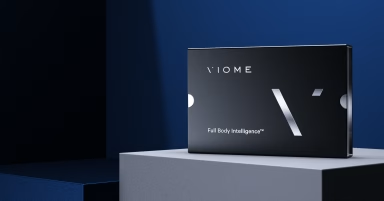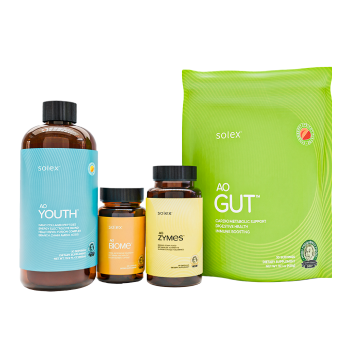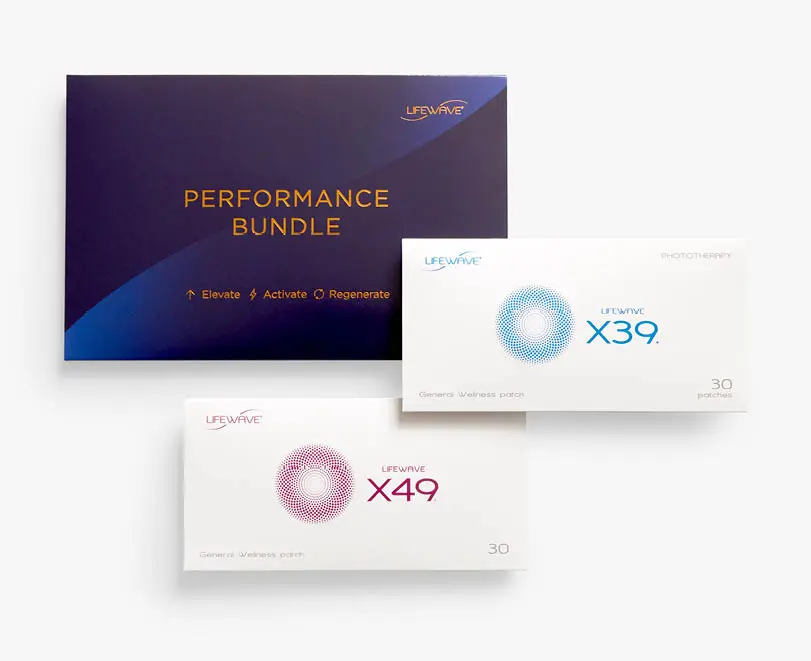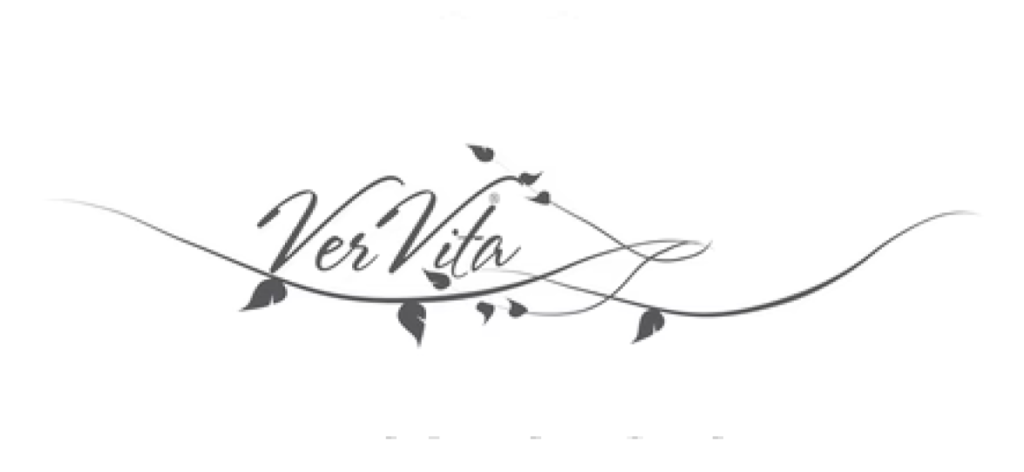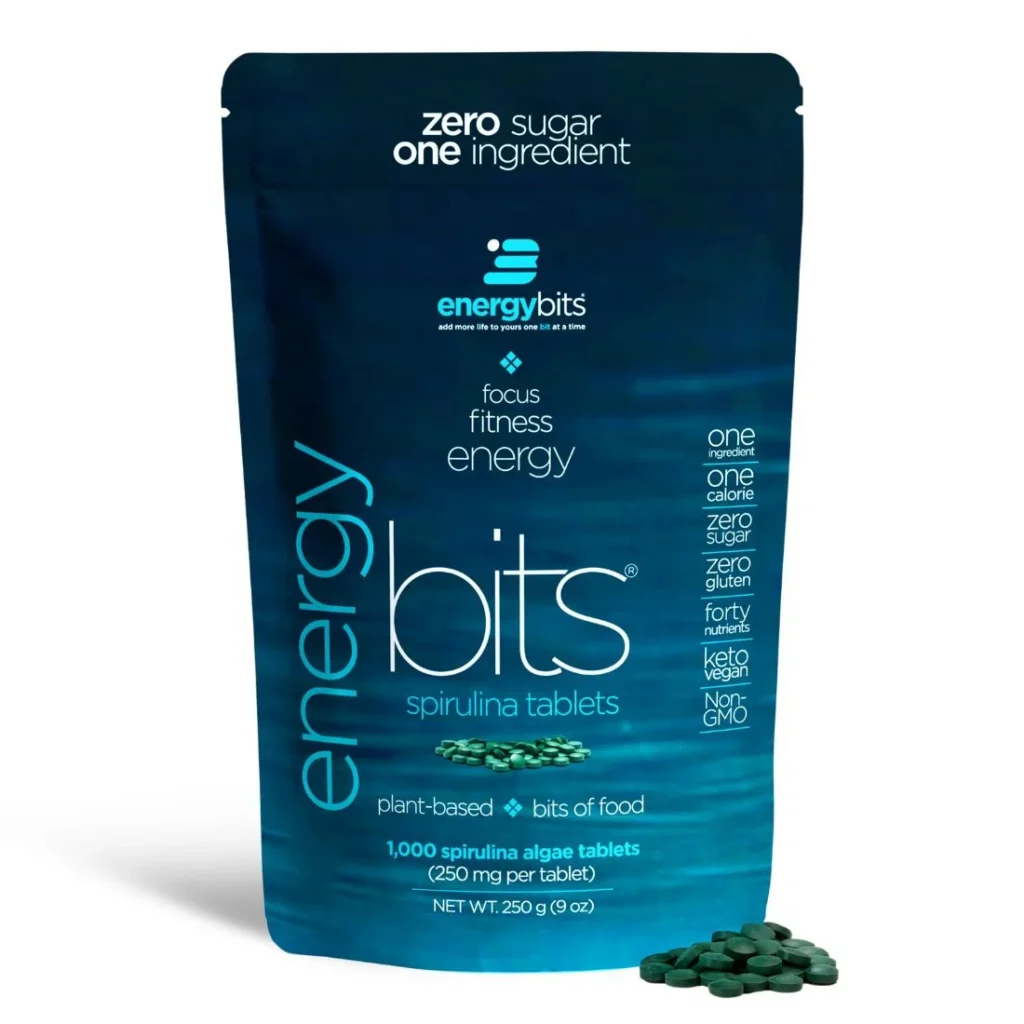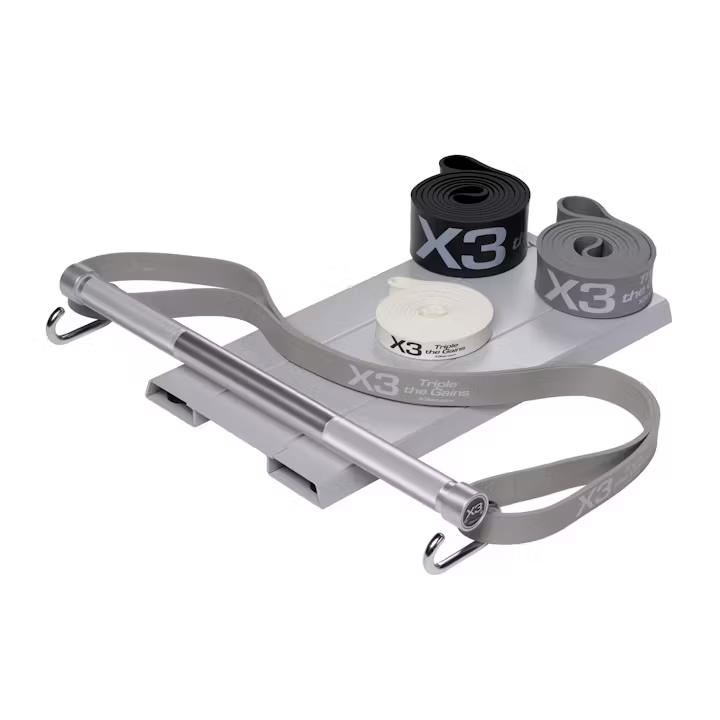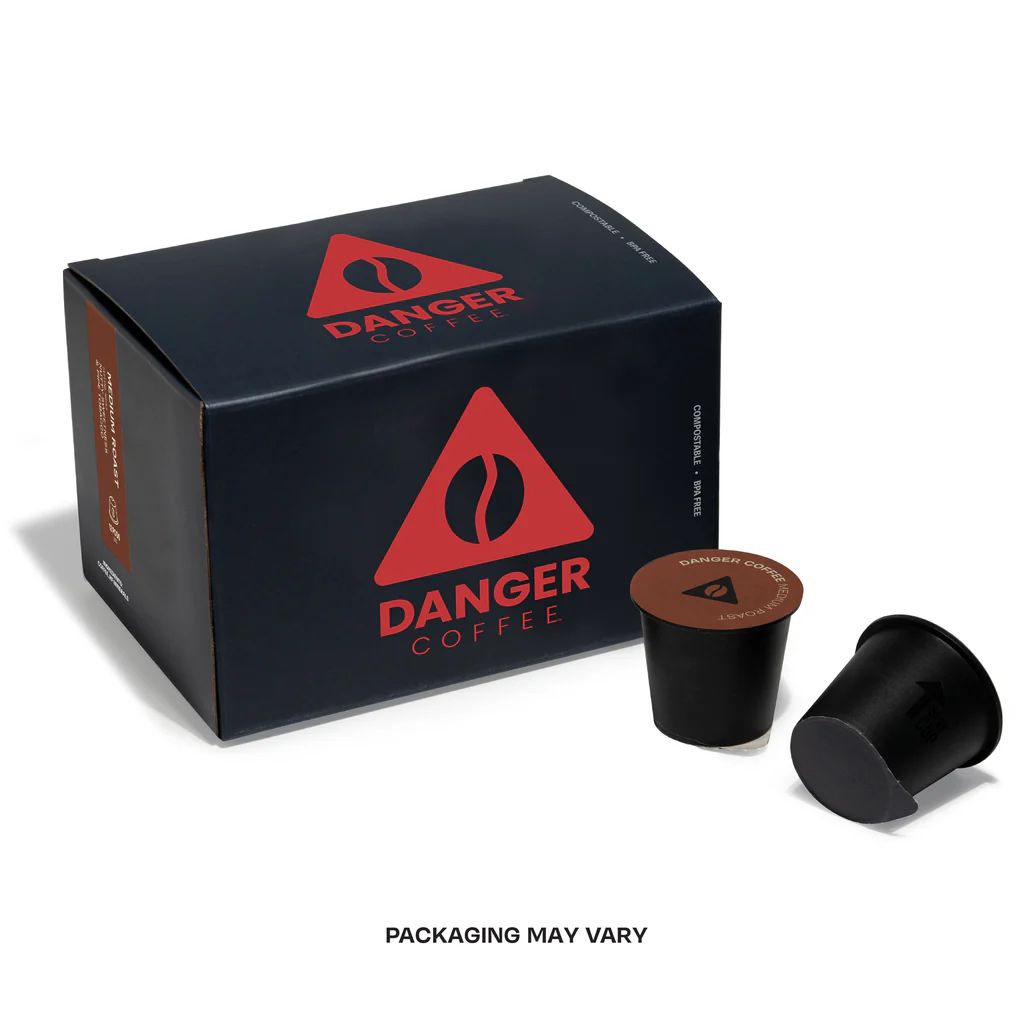That innate impulse is a glimpse into the powerful, natural healing art of Reiki. In a world that often feels chaotic and draining, the ability to channel calming, restorative energy for yourself is not just a skill—it’s a form of radical self-care.
Reiki (pronounced RAY-key) is a Japanese technique for stress reduction and relaxation that also promotes healing. It’s based on the idea that an unseen “life force energy” flows through us, and when this energy is low, we are more likely to feel stress or become sick. A Reiki practitioner can channel this energy to a recipient, but a beautiful aspect of this practice is that you can learn to channel it for yourself.
This beginner’s guide will demystify Reiki and provide you with the foundational steps to start your own self-healing practice at home.
What is Reiki? Understanding the Universal Life Force
The word Reiki comes from two Japanese words:
- Rei (霊): Meaning “universal” or “spiritual wisdom.”
- Ki (気): Meaning “life force energy.”
Together, they translate to “spiritually guided life force energy.” This is the same energy known as Chi in Chinese traditions or Prana in yoga. Reiki is not a religion nor does it conflict with any belief system. It is a simple, gentle, yet powerful method of connecting with the universal energy that surrounds all living things and directing it for healing purposes.
The Core Principles of Reiki
The system of Reiki is built on a simple ethical philosophy, ideal for guiding modern life. The principles, known as the Gokai (Five Precepts), are:
- Just for today, I will not be angry.
- Just for today, I will not worry.
- Just for today, I will be grateful.
- Just for today, I will do my work honestly.
- Just for today, I will be kind to every living thing.
Reciting these principles is often the first step in a self-Reiki session, setting a positive and peaceful intention.
Preparing for Your Self-Reiki Practice
You don’t need special equipment to begin, only a willingness to connect with energy. Here’s how to create the right environment:
- Find a Quiet Space: Choose a place where you won’t be interrupted for 20–30 minutes.
- Get Comfortable: Sit upright in a comfortable chair with your feet flat on the floor, or lie down flat. The key is to keep your spine straight so energy can flow freely.
- Set an Intention: Take a few deep breaths. State your intention silently, whether it’s for “deep relaxation,” “emotional balance,” or “to ease tension in my shoulders.”
Soothing Ambiance (Optional): Soft lighting, calming music, or silence can enhance the experience.
A Step-by-Step Guide to Your First Self-Reiki Session
The practice involves placing your hands on or over specific areas of your body in a sequence. You don’t need to “push” energy; simply set the intention to be a channel, and the energy will flow where it is needed most.
The Basic Hand Positions
Hold each position for 3–5 minutes, or until you feel a shift (a sensation of warmth, tingling, pulsation, or simply a deep sense of release and calm).
The Head:
- Cover your eyes with your palms
- Cup the back of your head with your hands
- Place your hands on your temples
The Front Torso:
- Place both hands over your heart center
- Move your hands to your solar plexus (upper abdomen)
- Rest your hands on your lower abdomen
The Back Torso:
- If accessible, place your hands on your mid and lower back
The Limbs:
- Hold each shoulder with the opposite hand
Place your hands on your knees, then your ankles, and finally your feet
The Benefits of a Regular Self-Reiki Practice
Integrating Reiki into your routine can have transformative effects:
- Deep Relaxation: Activates the parasympathetic nervous system, melting away stress and anxiety
- Pain Management: Can help reduce the perception of pain and accelerate healing
- Improved Sleep: The deep state of relaxation promotes more restful and rejuvenating sleep
- Emotional Balance: Helps process and release stuck emotions and mental clutter
Enhanced Self-Awareness: Creates a quiet space to connect with your inner self and intuition
Final Thoughts:
Remember, Reiki is a practice of intention and connection, not perfection. Some days your mind will wander; other days you’ll sink into a deep meditative state. Both are perfect. The simple act of dedicating time to place your hands on your body with healing intention is a powerful affirmation of self-worth and well-being.
Your journey with Reiki is uniquely yours. Be patient, be consistent, and observe the subtle shifts in your energy, mood, and outlook on life.



